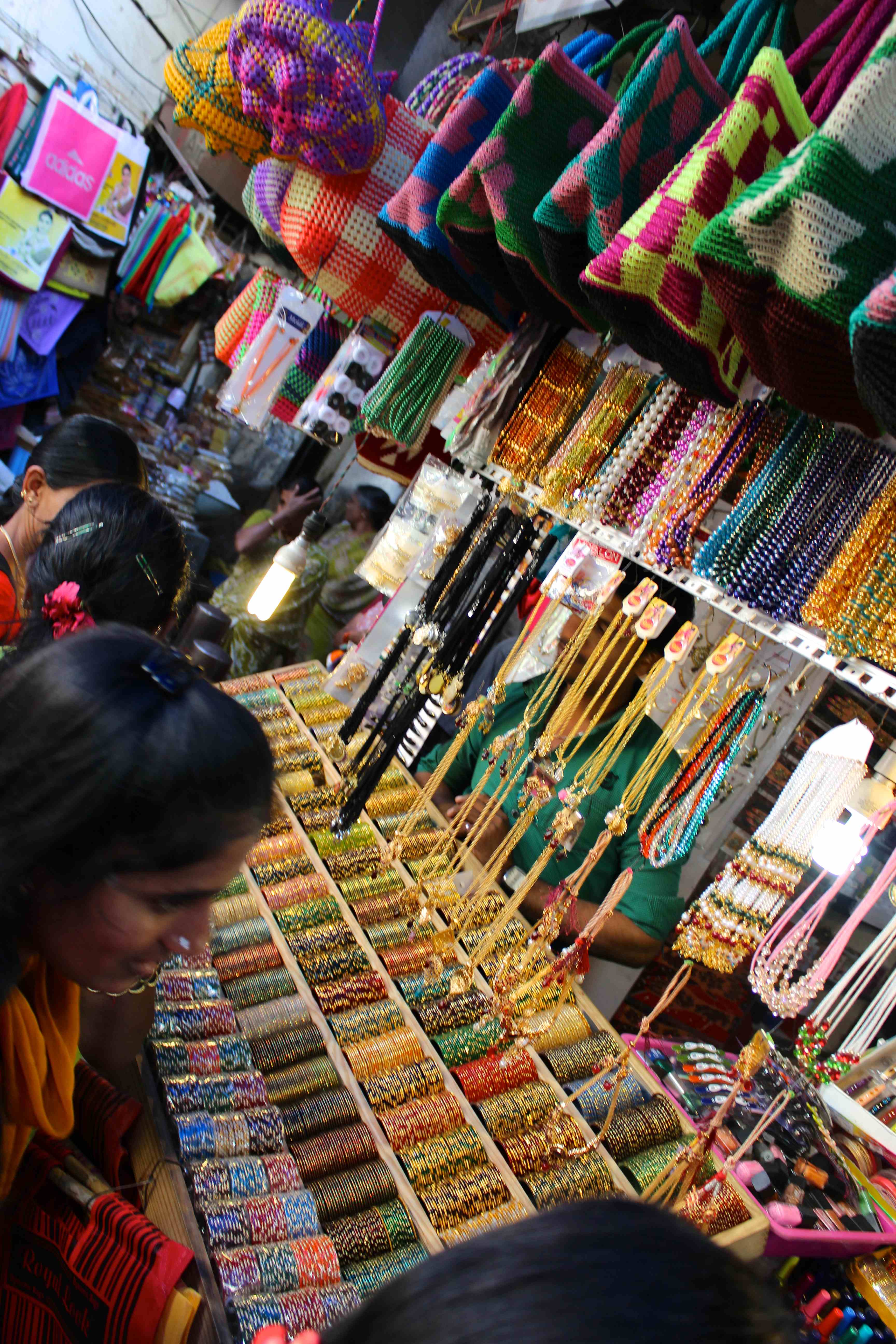Earlier during our tour of India, we visited the massive campus and training center of Infosys, the IT giant.
Yesterday, we met the man behind the company. Nandan Nilekani, co-founder of Infosys and the inspiration behind “The World is Flat,” now runs a massive government effort to create online identity cards for all 1.2 billion people in India, allowing the disenfranchised poor in cities and remote villages to have an official identity for the first time.
When completed, the Aadhaar system will be the largest biometric database in the world. Forbes India has called it “the most transformative project modern India has seen.”
We met Nilekani in the New Delhi offices of the Unique Identification Authority of India (UIDAI), of which he is chairman. Nilekani was relaxed and gracious with our group as we chatted over coffee and cookies.
The tech titan clearly relished the challenge of using innovative technology to address a pressing social need. Half of births in India are unrecorded, and more than 700 million Indians lack bank accounts, living on subsistence income and having no way to save or transfer money. Without an official ID, such as a driver’s license or passport, many poor Indians cannot get a mobile phone, reserve a train ticket, or sign up for government benefits such as food assistance or scholarships. This can lead to corruption and unnecessary costs – a “poverty premium” – as people sometimes resort to paying bribes to create needed IDs, said Shrikant Karwa, UIDAI manager of process and operations.
“Here we are solving a societal problem: How to get millions of people into the formal economy,” Nilekani said.“There is no other system in the world like this.”
The system works this way: Aadhaar enrollment agents set up shop in a city or village. Individuals register by giving a name,address, gender and date of birth, plus biometric scans of all 10 fingerprints and both irises. Exceptions have to be made for people such as lepers who don’t have all their digits, or for laborers who have worn off their fingerprints. The registrant receives a print-out with his or her new Aadhaar number, which is verifiable online.
Enrollment costs have been $2 per person, and in just three and a half years, the program has issued 550 million IDs.
Nilekani explained that Aadhaar was designed using open source technology so it could be used as a platform for innovation. Not only can banks use the system, but many other public and private agencies can take advantage of the authenticated ID.
“Just like with the Internet, we can’t foresee all the future applications, but we foresee benefits,” Nilekani said. “Like Facebook Connect or Google Connect, it’s a platform.”
News reports say that Nilekani, who recently announced his intent to run for office in the Congress party, may be a candidate for Prime Minister. He told our group that “politics is more difficult than technology,” but he sounded ready to use Aadhaar as a platform of his own.
“My belief is that India needs to fix a lot of things quickly if it wants to realize the aspirations of its people,” he said. “This is a way to do that.”



